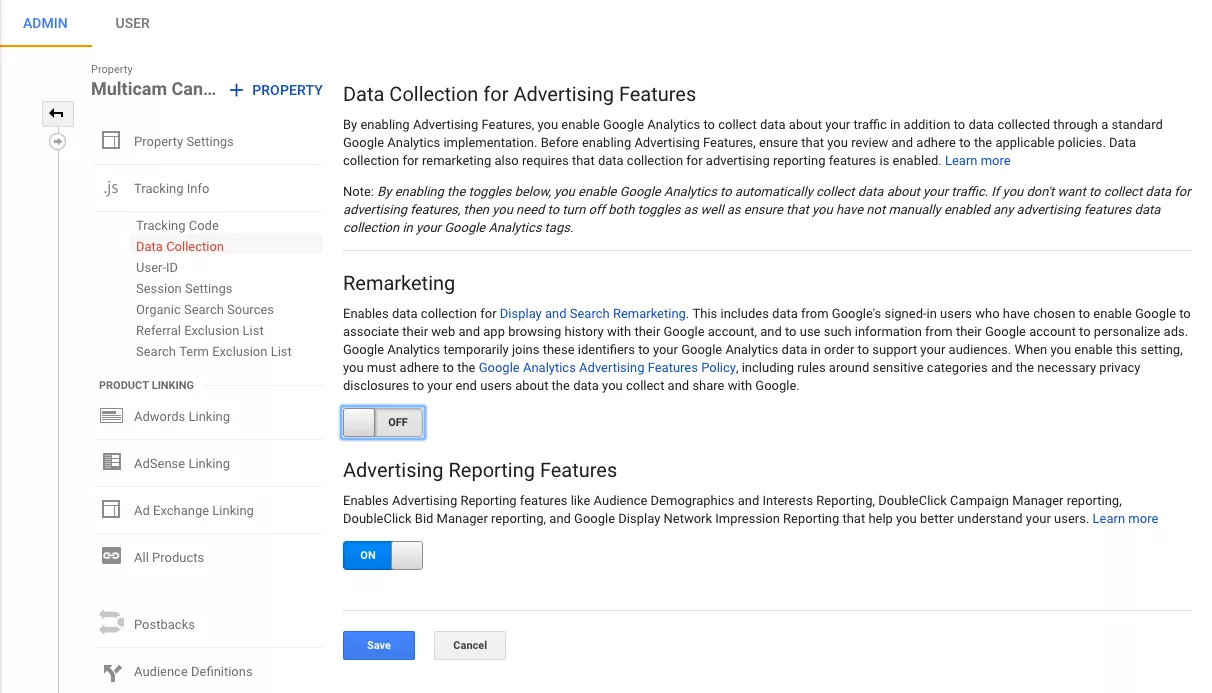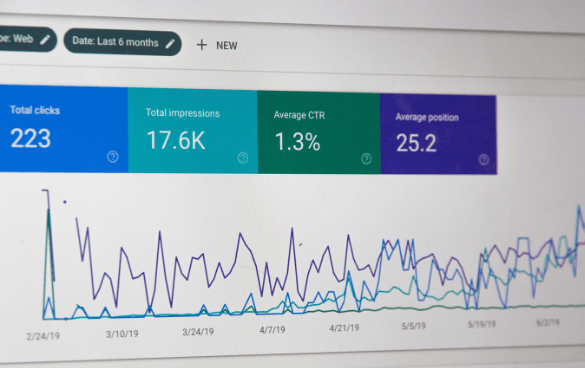Exactly How to Leverage Remarketing In Google Analytics for Your Service
Exactly How to Leverage Remarketing In Google Analytics for Your Service
Blog Article
Unlocking Remarketing in Google Analytics: Boost Your Conversion Rates
The art lies in tactical target market division and crafting compelling advertisement content that resonates with individuals. The secret to opening the full possibility of remarketing lies in recognizing user habits and rate of interests to maximize ROI.
Understanding Remarketing in Google Analytics
Remarketing in Google Analytics is an effective tool that enables companies to re-engage and target with users who have actually previously interacted with their website or app. By using this function, organizations can display targeted ads to individuals as they surf the web or make use of various other apps, advising them of product and services they previously saw. This strategic approach helps organizations stay top-of-mind with prospective clients, raising the likelihood of conversion.
One secret facet of remarketing in Google Analytics is the ability to develop customized target market listings based on details requirements such as pages seen, actions taken on the website, or demographic details. These listings permit services to tailor their remarketing projects to different sectors of their target market, making sure that the appropriate message gets to the best individuals at the ideal time.
Additionally, remarketing in Google Analytics gives beneficial understandings right into individual behavior and the efficiency of marketing projects. By tracking individual communications and conversions, companies can improve their methods to enhance targeting and make the most of ROI. Generally, recognizing the ins and outs of remarketing in Google Analytics is vital for organizations wanting to enhance conversion prices and drive development.
Establishing Remarketing Listings
When executing remarketing approaches in Google Analytics, the preliminary step entails developing personalized target market lists customized to details standards. Next off, click on the +New Audience button and select the kind of target market you desire to produce, such as individuals who saw a certain web page or finished a certain activity. You can additionally fine-tune your audience by including details conditions and specifications to ensure you reach the best users with your remarketing projects.

Crafting Compelling Remarketing Advertisements
Crafting compelling remarketing ads entails tactically developing messages that resonate with your target market and drive them to take desired actions. To develop effective ads, it's important to comprehend your audience's habits, choices, and needs. Personalization is type in remarketing ads, so take into consideration using dynamic advertisements that show services or products that a customer has formerly watched on your site. This customized approach can substantially increase interaction and conversions.
In enhancement to customization, engaging ad duplicate is crucial. Including incentives like discount rates or limited-time offers can likewise help increase click-through prices.
A visually appealing ad is more most likely to order the audience's attention and drive them to revisit your internet site. By combining personalization, persuasive duplicate, and distinctive visuals, you can develop remarketing advertisements that successfully re-engage individuals and enhance your conversion prices.
Analyzing Remarketing Performance

Click-through rates (CTRs) indicate the portion of customers who clicked on the ad after seeing it. A high CTR represents that the advertisement is engaging and pertinent to users. Conversion prices reveal the percentage of users who completed go to this site a desired action, such as authorizing or making a purchase up for an e-newsletter, after clicking the advertisement. Reviewing the price per purchase assists in understanding the costs sustained to get a customer through remarketing. Return on advertisement invest (ROAS) determines the profits created for each dollar invested in marketing, indicating the profitability of the campaign. By examining these performance metrics, online marketers can recognize locations for improvement and fine-tune their remarketing methods to boost conversion prices and total campaign success.
Enhancing Remarketing Approaches

Moreover, optimizing remarketing methods involves segmenting target markets based on various standards such as demographics, behavior, and passions - What Is “Remarketing” In Google Analytics?. By developing targeted my website ads that reverberate with each section, marketing professionals can increase the likelihood of re-engaging users and driving conversions.
Continual tracking and optimization of remarketing projects based on real-time data and insights are vital for making best use of ROI and enhancing conversion prices. By carrying out a data-driven strategy and refining techniques based on efficiency metrics, marketing experts can open the complete capacity of remarketing in Google Analytics.
Conclusion
Finally, utilizing the power of remarketing in Google Analytics can dramatically enhance conversion rates by re-engaging with previous web site site visitors via tailored ads. By producing custom target market checklists, crafting compelling advertisements, assessing performance metrics, and continuously enhancing approaches, companies can maximize ROI in remarketing campaigns. This data-driven approach guarantees that advertising and marketing efforts are targeted and reliable in driving individual engagement and ultimately improving conversions.
Generally, recognizing the intricacies of remarketing in Google Analytics is important for companies looking to improve conversion rates and drive development.
You can better refine your target market by including particular conditions and specifications to ensure you get to the best users with your remarketing projects.
By integrating personalization, persuasive copy, and distinctive visuals, you can best site develop remarketing ads that efficiently re-engage customers and enhance your conversion prices.
By assessing these efficiency metrics, marketing experts can recognize locations for enhancement and fine-tune their remarketing techniques to enhance conversion rates and total campaign success.
In verdict, taking advantage of the power of remarketing in Google Analytics can dramatically improve conversion rates by re-engaging with previous website visitors with tailored ads.
Report this page